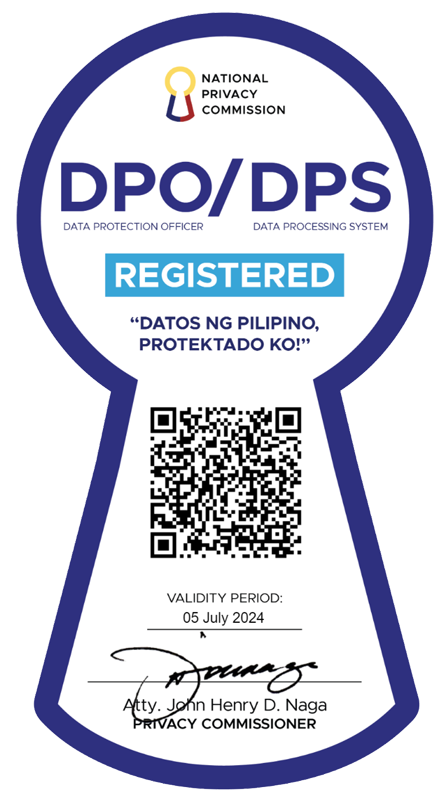No 'Antennagate' for iPhone 4s
It's still called an iPhone 4, but it will no longer have the notorious "death grip." This was how an antenna analyst described the newly launched Apple iPhone 4S, which now sports a pair of antennas that can prevent another "Antennagate." "Apple would very much like Antennagate dead; frankly, I think Antennagate is dead," antenna analyst and designer Spencer Webb of AntennaSys said of the new phone, according to an article posted on PC Magazine. Webb added he had been a "very early adopter" and bought the iPhone 4 a few weeks after it shipped. "I've had a case on it. It's (poor reception) been a non-issue," he said. PC Mag noted that at the iPhone 4S launch, Apple executives said the iPhone 4S has two antennas outside the case, and that the phone intelligently switches back and forth between them to maximize the phone's ability to transmit and receive data. The original iPhone 4 suffered from the so-called "death grip," where gripping an iPhone 4 in a certain way will significantly deteriorate the phone's connection. Apple "remedied" the problem by adding a case or "bumper," offering such free accessories to customers who experienced dropped calls or data connections. Webb pointed out the Verizon iPhone 4 went a step farther than the AT&T iPhone 4 in addressing the "death grip" issue. Verizon requires a second antenna on all of its phones, dedicated to receiving data, that provides "spatial diversity," allowing the phone to receive data if the other is obstructed. In the case of the iPhone 4S, Webb said antennas are placed on the top and bottom of the phone for receiving and transmitting data. "You improve the multipath problem; that's goodness all around," he said. But he said a death grip remains possible - holding the phone horizontally, in both hands, to text or type information into the phone, which could block the antennas. "But that's the same as any other phone. It's not a perfect world," he said. Radiation question Webb said the only question he had was how the Federal Communications Commission would measure the Specific Absorption Rate (SAR), generally considered to be the amount of RF energy a phone radiates. Although there has been no definitive link between cell-phone use, their RF radiation, and cancer, cities like San Francisco have passed laws to mitigate the risk. Webb said that since the iPhone 4S has two antennas, he wondered which antenna the FCC would use for its tests. — TJD, GMA News





